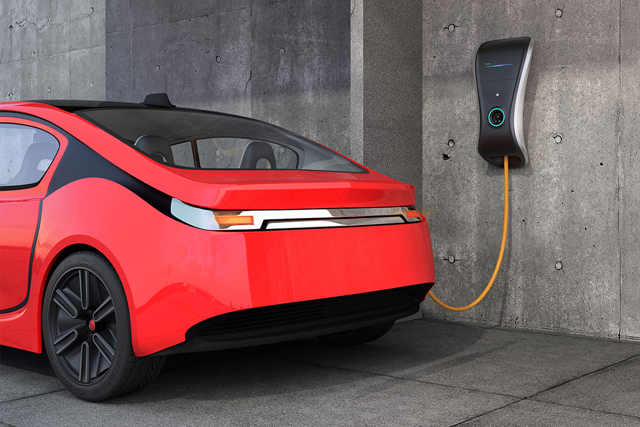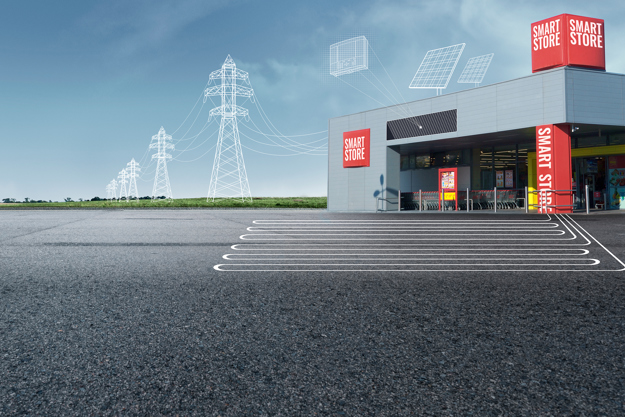In the last few years, supermarkets have made great advances in energy efficiency - reducing both overhead and their environmental impact.
Reducing energy use is valuable, and always will be. But there’s another side to reducing energy costs. Increasingly, the biggest potential saving isn’t only in using less energy; it’s in optimizing how it’s used, and when.
Worldwide, there’s a growing need to manage fluctuations in energy generation - caused by the unpredictable nature of renewable energy - and times of peak demand.
As a result, utility companies and grid operators are increasingly offering incentives to energy users who can help them balance this equation. This gives supermarkets the potential to take advantage of low off-peak energy prices, or to avoid short-term spikes in energy use that increase the cost for the rest of the year.
But in the name of food safety, retailers have largely avoided making changes to refrigeration and limited themselves to managing air conditioning and lighting. Unfortunately, this dramatically reduces their ability to make any meaningful difference to peak energy use.
Now Danfoss is working with supermarkets on both sides of the Atlantic to help them access bigger savings by shifting refrigeration patterns - while still providing ideal conditions for their food.
Depending on the weather, the store often generates more electricity than it needs. It can then sell some energy back to the grid, or reduce the temperature of the supermarket’s chilled counters, ready to offset demand when the weather changes. The system’s own algorithm calculates which approach is most profitable at any given time.
And activ & irma’s team can manage the whole process remotely, because the system manager is connected to the internet. The Danfoss Enterprise Service dashboard allows them to see and optimize the store’s many energy features—not just refrigeration, but solar, wind, EV charger, and battery status too.
What’s more, because the store uses CO2 refrigerant, the system’s heat is reclaimed and reused. More than two years after opening, the store has yet to use its heater.
The need for low-carbon energy means that one day, this kind of energy arbitrage will be completely normal - everywhere, not just in food retail.
Until then, cost pressures mean supermarkets will maximize every opportunity to save energy costs. And that means energy managers in food retail will continue to lead the way for the rest of us to follow.
-
if (isSmallPicture) {


 Smart energy
Smart energyEnergy cost is one of the biggest expenses in the daily operation of your supermarkets. Therefore, retailers increasingly look to enhance the energy efficiency within the stores.
-
if (isSmallPicture) {


 Smart Store
Smart StoreThe Smart Store solution enhances food safety and brings down the energy bill by integrated and smart control of refrigeration, HVAC, lighting and other applications.








